Write Us
We are just a call away
[ LET’S TALK AI ]
X
Discover AI-
Powered Solutions
Get ready to explore cutting-edge AI technologies that can transform your workflow!

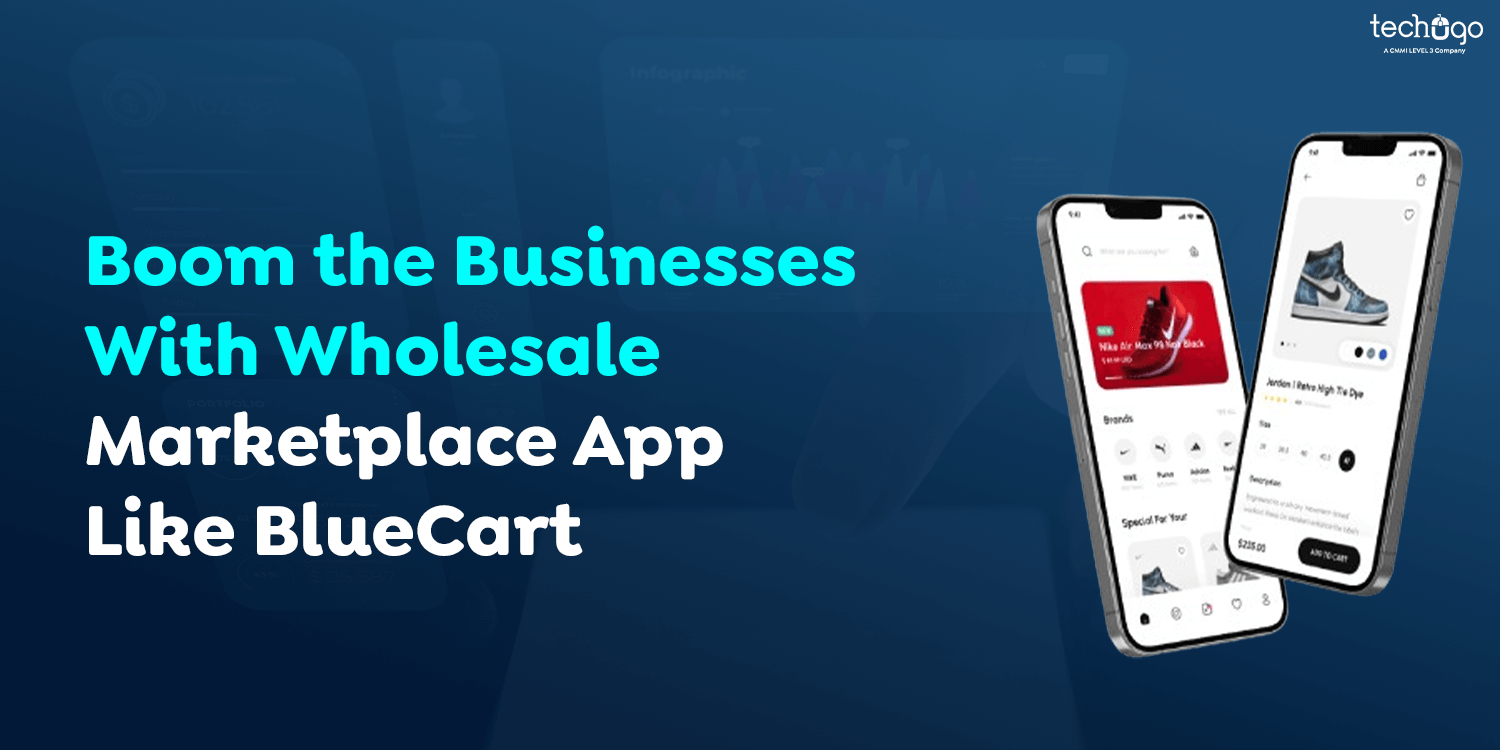
Develop a B2B Delivery App to Revolutionize the Wholesale Industry!
Marketplace mobile apps specifically can be prominently observed in the digital economy to have influenced how people shop, sell products and services. Such as Amazon, Etsy, an online shopping platform, to artisanal fairs, marketplace applications are modern necessities. This blog provides an in-depth look at the process for the wholesale marketplace app development to clearly define what a marketplace actually is, as well as considering the kinds of marketplaces that exist in the digital environment, as well as the basic components necessary for their creation, while also offering the reader an extended excursion to the specifics of such applications as well as the BlueCart app. In the next section, we’ll also see how a marketplace app development company can build an app like BlueCart.
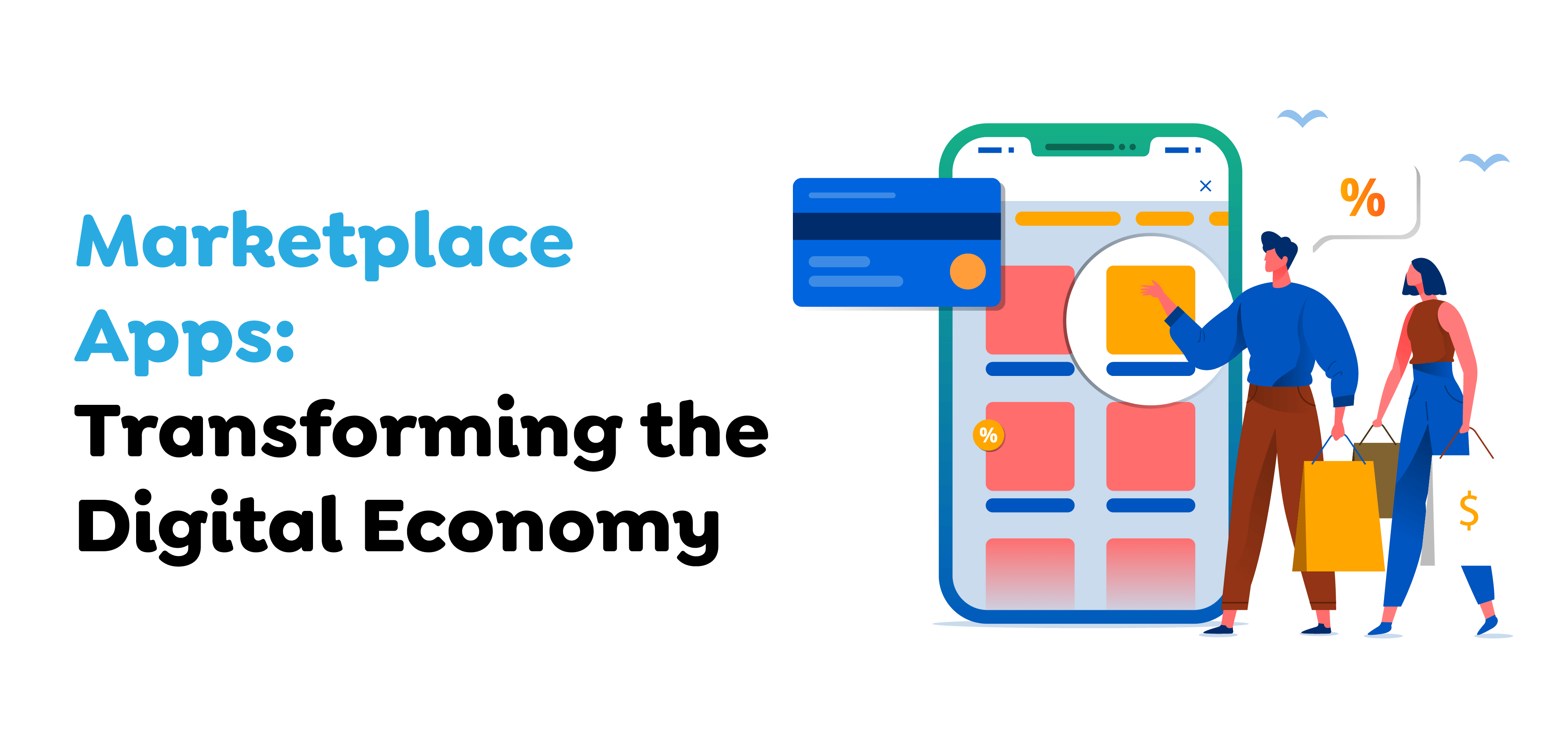
A marketplace refers to an e-business model where consumers and producers are brought together with the purpose of buying and selling a specific product or service. Unlike most other e-commerce stores that own and sell products directly to clients, marketplaces merely facilitate the selling by creating platforms on which third-party sellers can offer their items. This model proves to be useful in relation to both the seller and the buyer since it provides the seller with more clients, thus a wider market, and the buyer enjoys a variety of products to choose from at an affordable price.
Let’s move ahead and take a look at a step-by-step instruction to develop an app!
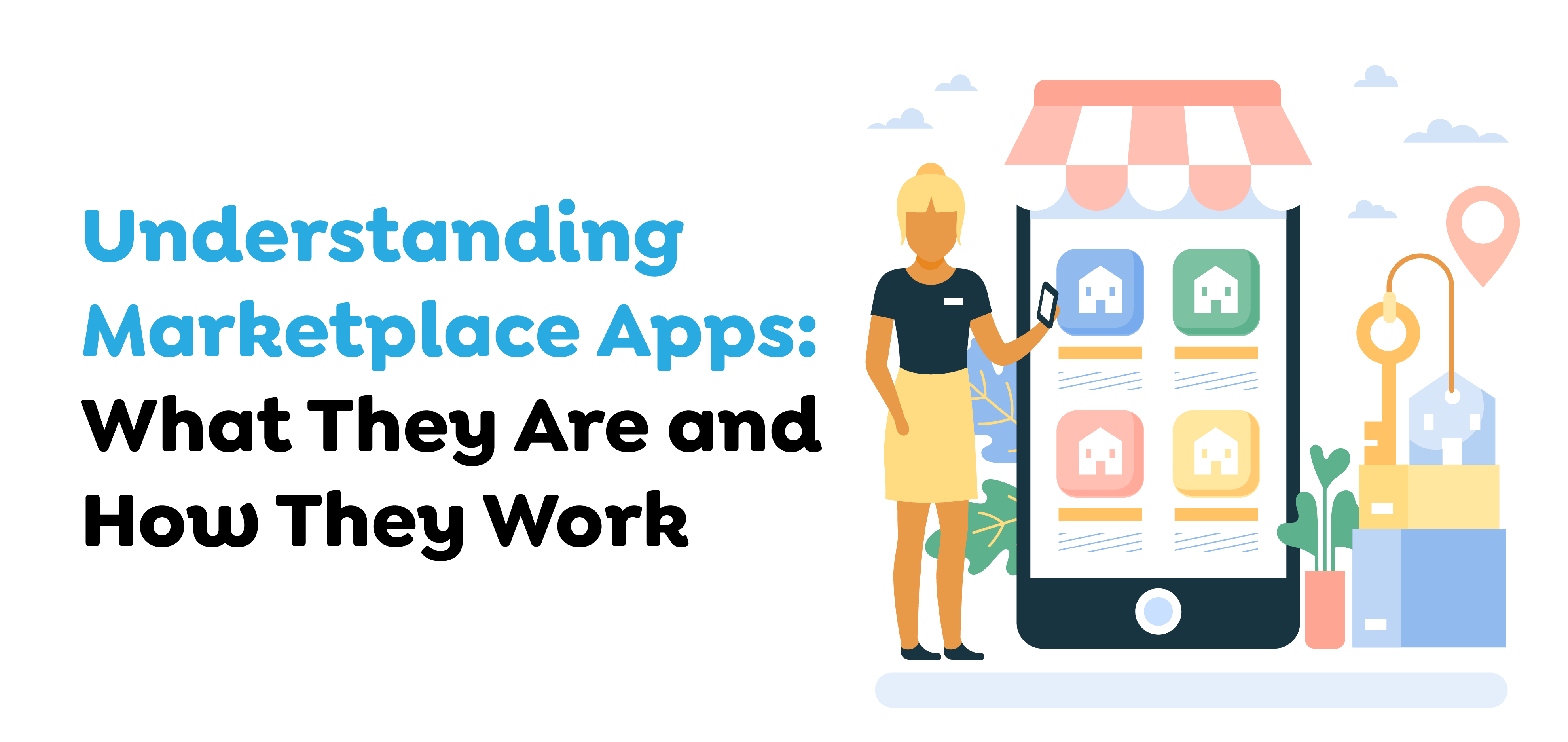
As much as there may be no universal definition for a marketplace, there are certain common features that are typical of a marketplace, as pointed out in the following:

The following are key factors to consider when developing a marketplace app: It is necessary to understand the various types and natures of marketplaces and how to develop a marketplace app with regard to their functions in businesses.
As is implicitly assumed, B2B marketplaces are those that bring together buyers and sellers who are all part of other businesses. These platforms enable the carrying out of large transactions as well as the core commercial sectors such as manufacturing, wholesaling, and professional activities. Some of them are Alibaba as well as ThomasNet.
Thus, business-to-consumer (B2C) personal marketplaces are most common where the relationships are formed directly between buyers and sellers. These platforms are various: leading, all-purpose, and genre-based platforms (for example, each business, like Amazon, or specialized platforms like Wayfair for household items).
C2C marketplaces allow buyers to directly buy from other buyers without going through any middlemen. These platforms may focus on used products, items of interest or hobbies, or even web services provided by people. There are several; the prime examples are eBay and Craigslist.
P2P marketplaces connect consumer-customer segments for the exchange of products and services, often through sharing or rentals. This model is common in the sharing economy business, such as Airbnb being a model for housing sharing and Uber for car sharing.
Also Read – Cost And Features Required To Make An Incredible P2P Payment App
Vertical markets are a more specific type of market that aims at a certain field or line of products. These are personalization platforms that include products selected for a specific niche, including Houzz for home remodeling or StockX for sneakers fans.
Different horizontal marketplaces are specialized in various types of goods and are not limited to some particular commercial sector or type of goods. Now let’s take Amazon and Walmart, which belong to a horizontal classification of markets.
Anyone can also contact an on-demand app development company to create apps in any industry like Hospitality, Healthcare, Salon, Aviation and more.
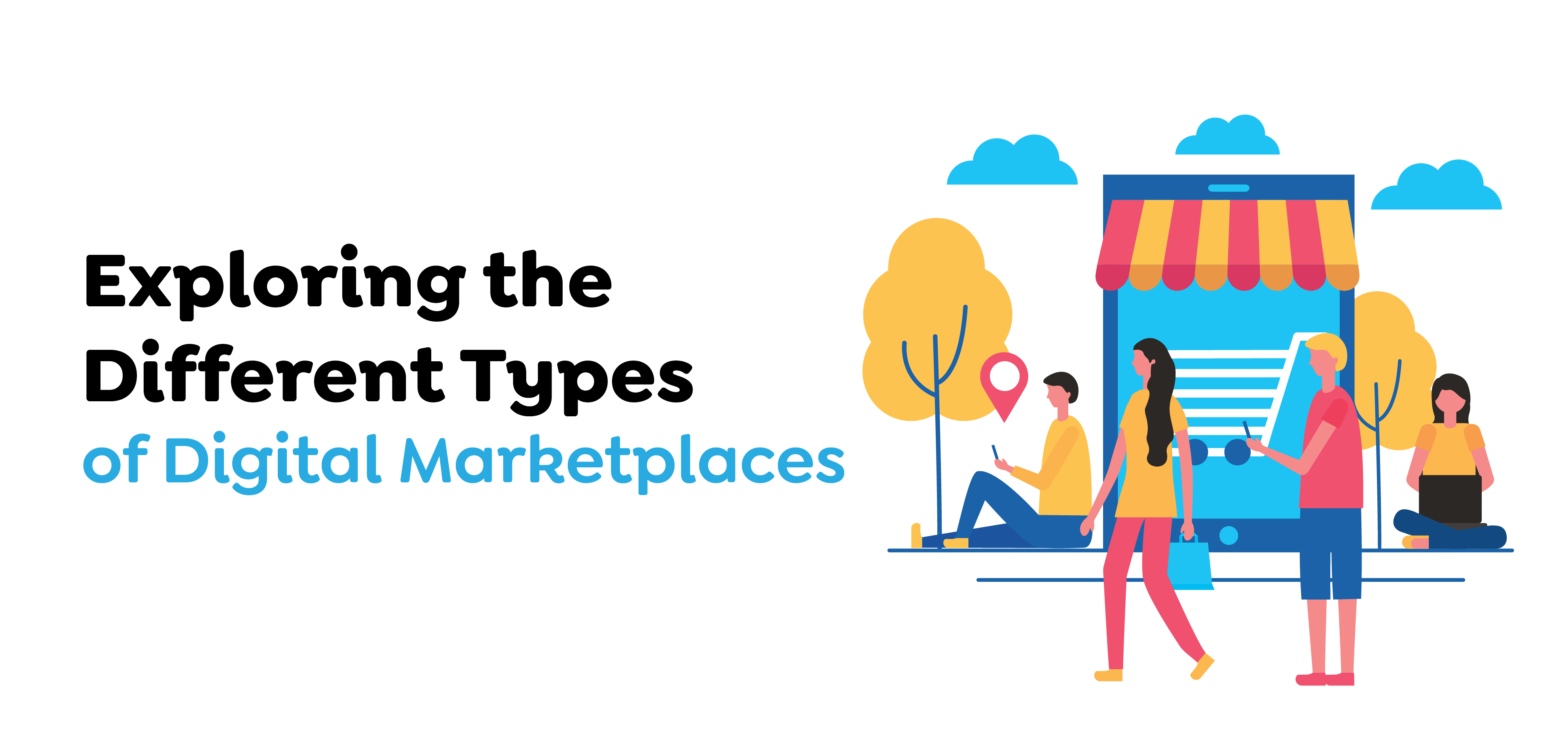
Designing a perfect mobile marketplace app solution comprises several essential elements. These aspects warrant that the app works as expected, delivers optimum user value, and aligns with business goals and understands every aspect of how to develop a marketplace app.
This therefore means that the users should be able to access the application without a hustle, and thus, having an appealing UI/UX design is vital for an application. Key aspects include:
This is because, in the registration process of a new user, a smooth process is desirable. Features include:
We are aware that product listings are the foundation of any mobile application, especially marketplace solutions. Important elements include:
The degree of freedom that users are granted in terms of performing search operations and filtering the results is highly important. Features to include:
The simple-to-use shopping cart and check-out feature is one of the most crucial factors that help convert website users into buyers. Let’s discuss some key components:
The online payment system and secure and flexible payment gateways are crucial requirements for the payment of transactions. Important considerations:
Hear from the users and get a preview of what they think about the app and what they are willing to give it in terms of star rating. Features to include:
They assist users in staying informed and actively interacting with the page, post, or website. Key types of notifications:
The need to have a mechanism for managing the products and orders of a business is paramount; therefore, the call for a seller’s robust dashboard. Essential features:
Customer support is an essential factor that needs to be highly valued and trusted by the users of products and services. Features to include:

Benchmarking the successful marketplace apps can help identify useful ideas to implement in the new marketplace apps. Here are some top examples:
Amazon is probably the largest online trading company and a market for almost any product in existence all over the world. Key features include:
1. Extensive Product Range: From toys and gadgets to clothes and foods, almost anything that a person can conjure up in their mind can be bought on Amazon.
2. Prime Membership: Features such as free delivery, membership-only discounts, and access to content from other platforms.
3. Personalized Recommendations: Using complex models in a bid to suggest products that may interest consumers on the basis of their actions.
eBay is one of the foremost B2C and C2C companies that have been popularizing the auction model. Key features include:
1. Auction and Buy It Now: Including a bidding system where users can bid and out compete or an instant purchasing option.
2. Global Reach: They include facilitating foreign exchange transactions and the exportation of goods.
3. Seller Ratings: The positive aspects of establishing a genuine rapport through an all-inclusive seller rating system.
Etsy is highly selective and specializes in handmade, vintage, and unique merchandise. Key features include:
1. Niche Market: This is after targeting artists as well as small-scale traders who require cheaper methods to sell their products.
2. Customizable Stores: Enabling the seller to manage their store and have a specific form of presentation they want for their store.
Community Focus: Exploring the need for social tools to meet the communities and integrate the forum to allow improved interaction between the users.
Airbnb introduced the revolutionary concept of the P2P model in the accommodation services market. Key features include:
1. Diverse Listings: Private rooms and even whole homes for rent, making it possible for those seeking cheap rooms to get served.
2. Host Tools: A feature that encompasses all the necessary features to help hosts manage bookings and communicate with guests.
3. Review System: Customer reviews and safety practices as an element of trust.
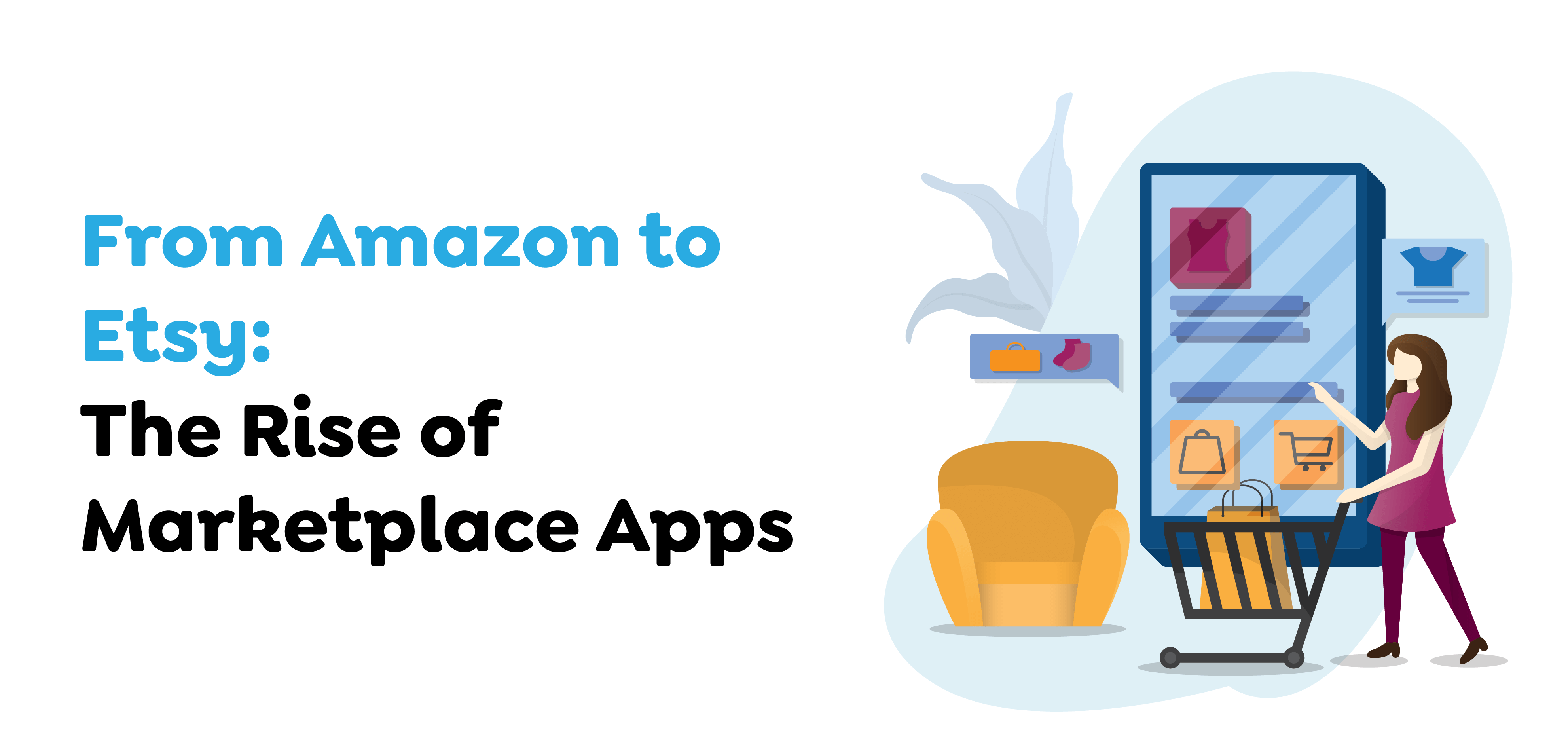
As it has been established, BlueCart is an emerging marketplace app that has been established to offer unique features in the market and a nice design. In this article, let us learn more about BlueCart, the aspects that set it apart from other marketplaces, and how it can serve as a source of ideas for new marketplace app development.
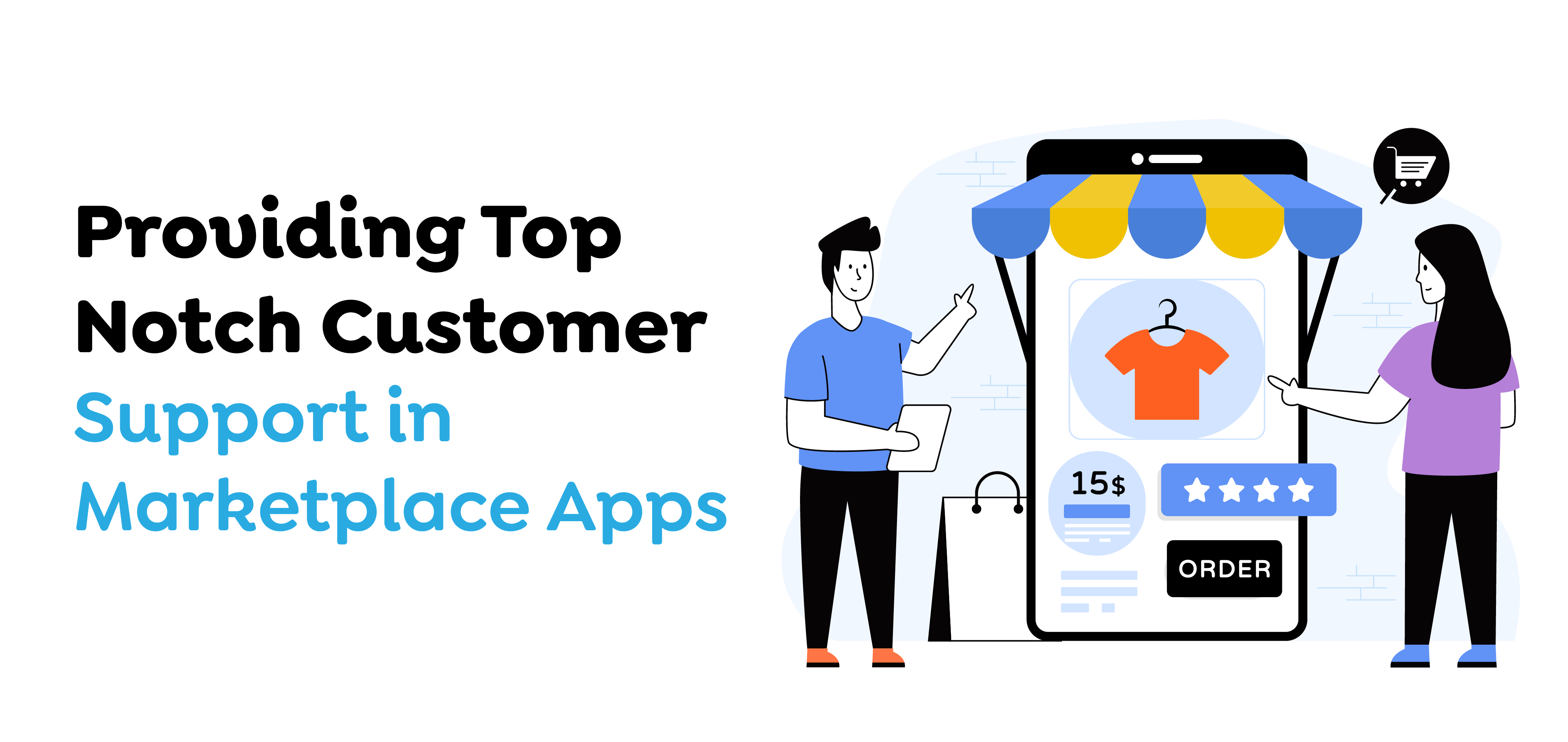
From the user interface standpoint, it is clear and user-friendly, which can prove very useful when using the online store.
Products are easily discoverable with great search and sorting features; the same applies to other functionalities such as navigation.
People’s trustful transactions through the multiple choices of payment forms by using blockchain.
Exploring the use of AI technologies to enhance the customer-product matching process.
This represents sophistication in providing detailed analytical and management software for sellers.
Offering availability and specific access points of communication with the customer service center throughout the day, the day, round-the-clock.
Let’s look forward, Why BueCart stands out in the Wholesale industry!
It is clear that BlueCart is concentrated on effective consumers’ satisfaction and the implementation of advanced technologies. The app uses digital intelligence to help users easily find products they want, making the application efficient. Further, the company BlueCart ensures the safety of the users data and all the transactions that occur in the process.
The marketplace is a burgeoning industry, and the launch of an application like BlueCart should be an exciting proposition for any individual or firm. .
Putting together a marketplace application such as BlueCart is no trivial task, and it involves a comprehensive set of steps and considerable knowledge in multiple areas of app development. Here’s a step-by-step guide to how a marketplace app development company can build such an app:
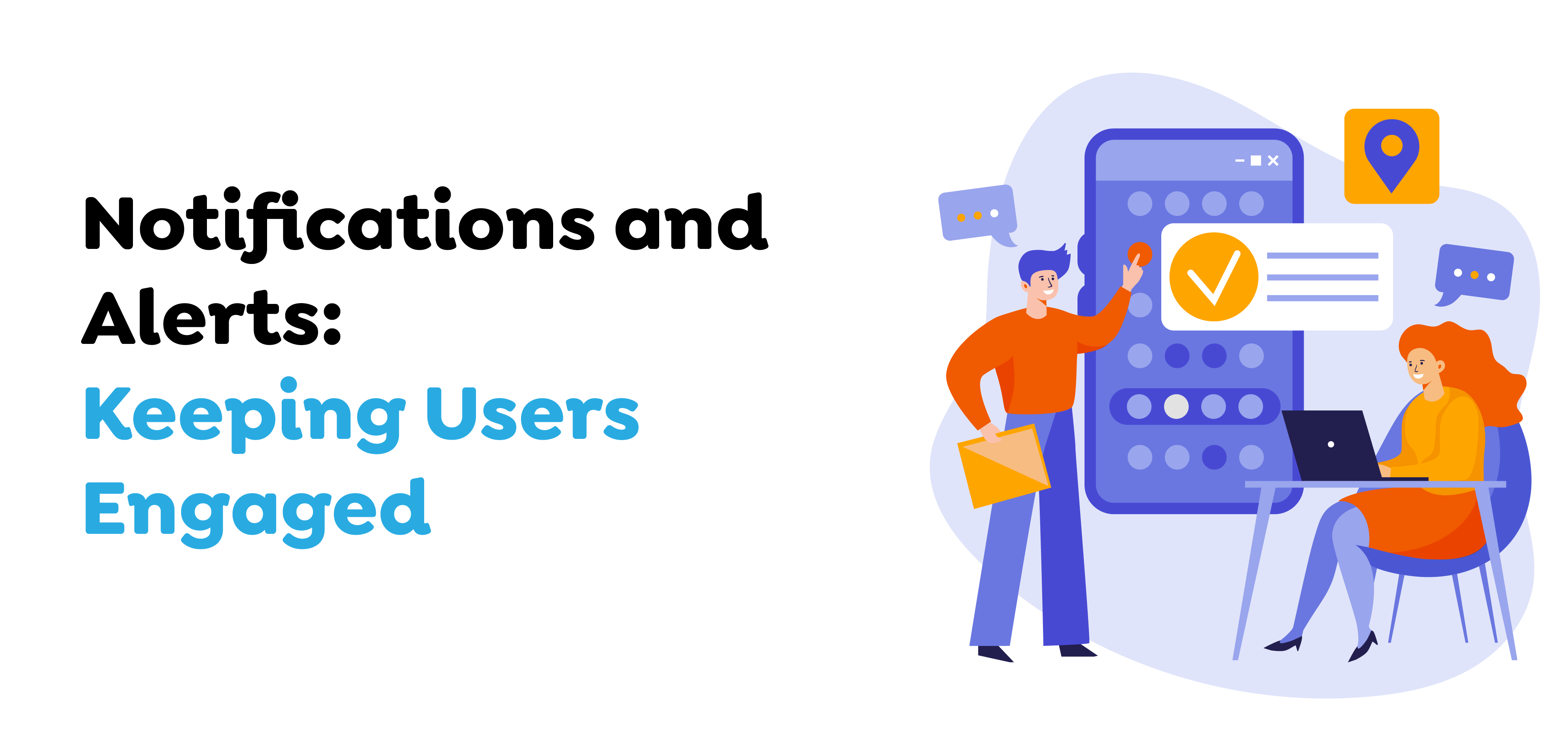
However, it is crucial to stress that, beginning with the development process of the game, it is necessary to conduct a proper market investigation. This includes:
An appropriate mobile app development company in India choosing the correct tech stack is essential for the app, as far as performance and scalability are concerned. For the convenience of reference based on the results obtained, the latest technology stack has been divided into four categories. This includes:
It also enables the identification of particular aspects, like the different sections of the web app and their organization. Key steps include:
Last but not least, the app development phase mainly seeks to transform these designs and prototypes into a working app. This includes:
It is important to stress and conduct standard tests on the app so that the user does not meet any difficulties when using the app or encounter certain glitches. This involves:
Testing with various testing tools is the final stage; we need to know how the application performs, and after it is tested, it is time to release it. Key steps include:
The updates and constant support that are required by users should be provided so that the app can provide users with what they want and compete with other apps. This includes:

Techugo, like the many other prominent mobile app development companies in India, holds potential for making your idea of an app a reality. Here’s how they typically assist:
The development of market-place applications is not a small task and involves multiple steps and functions such as business analysis, planning, designing, development, testing, and finally, supporting this will solve the problem of how to develop a marketplace app. To avoid common pitfalls in the development of a marketplace app, developers need to recognize the market types, core components, and case studies and develop apps that are both needed by users and differentiated in the market. To sum up the current article, it is possible to underline that the case of BlueCart makes it possible to understand that the intensive development of the features and the focus on the symbolic design help to develop a successful concept of the business marketplace application. Hence, a proper and systematic approach to developing a mobile app marketplace like BlueCart can be regarded as a blueprint to establish itself as a successful e-commerce enterprise.
Get in touch with our prominent on-demand app development company and connect to our experts for further detail.
Write Us
sales@techugo.comOr fill this form